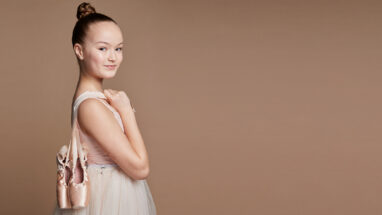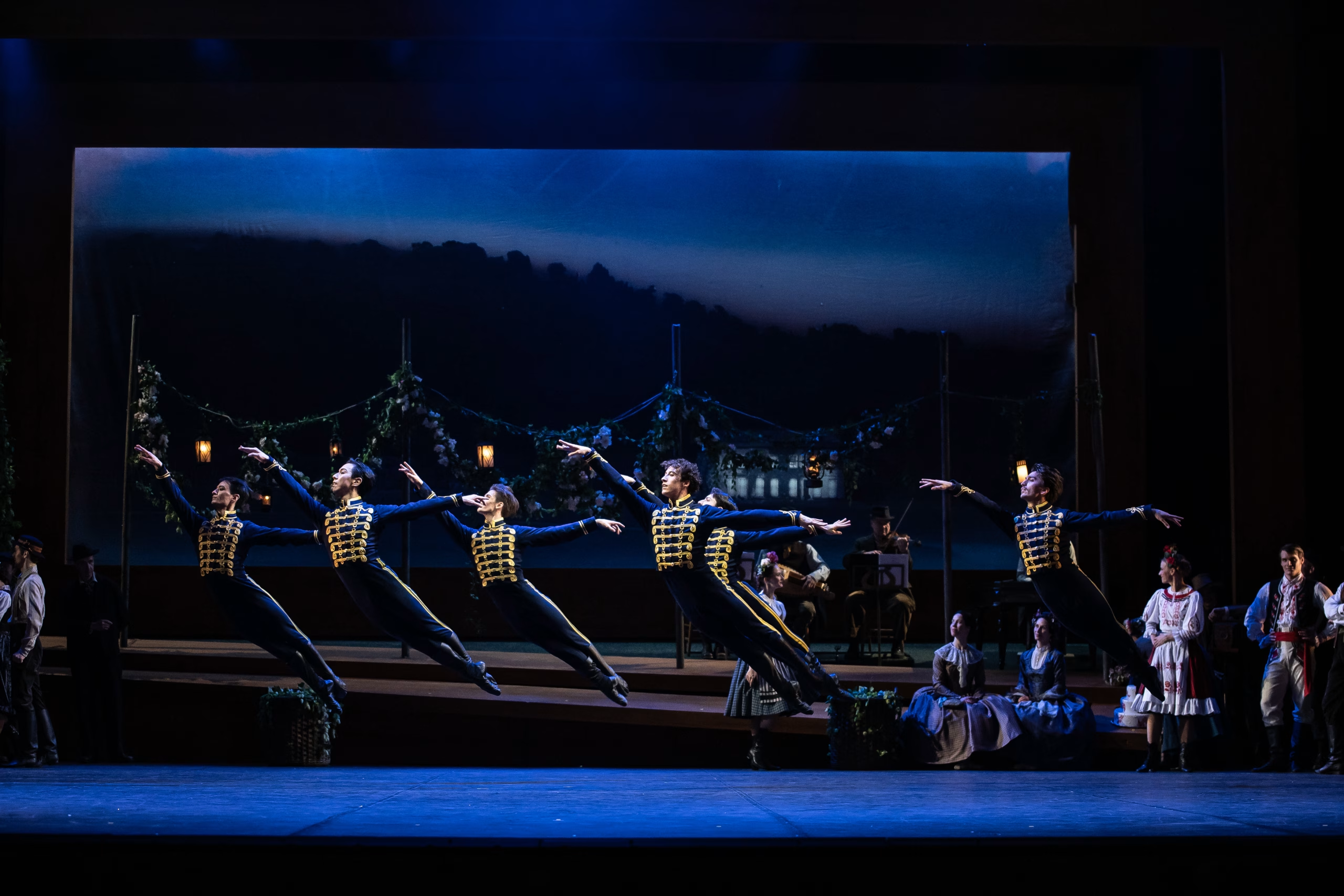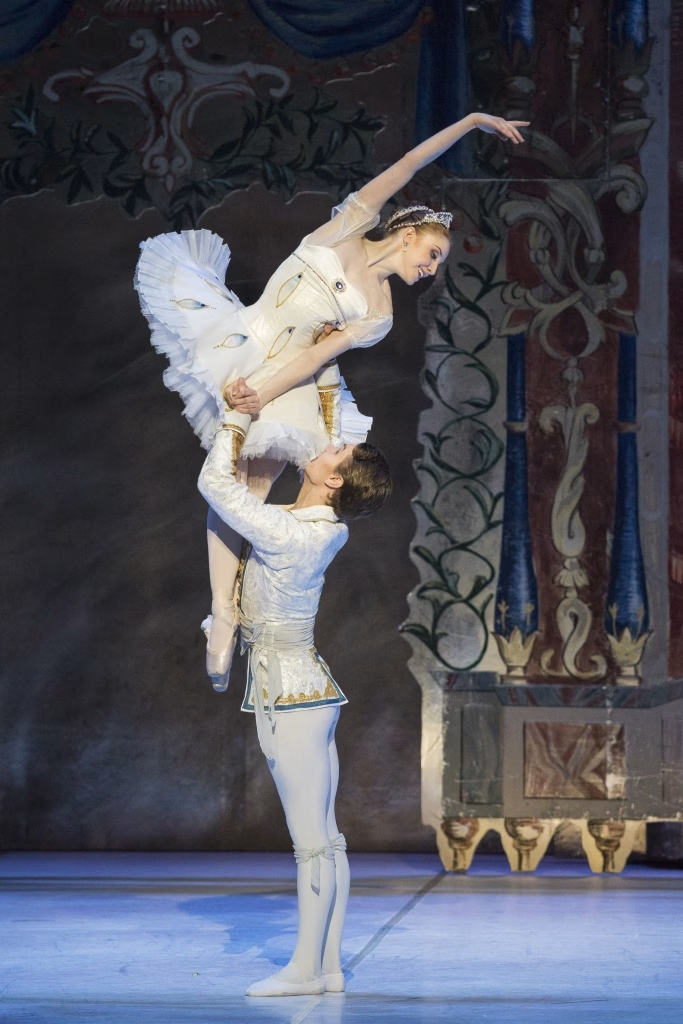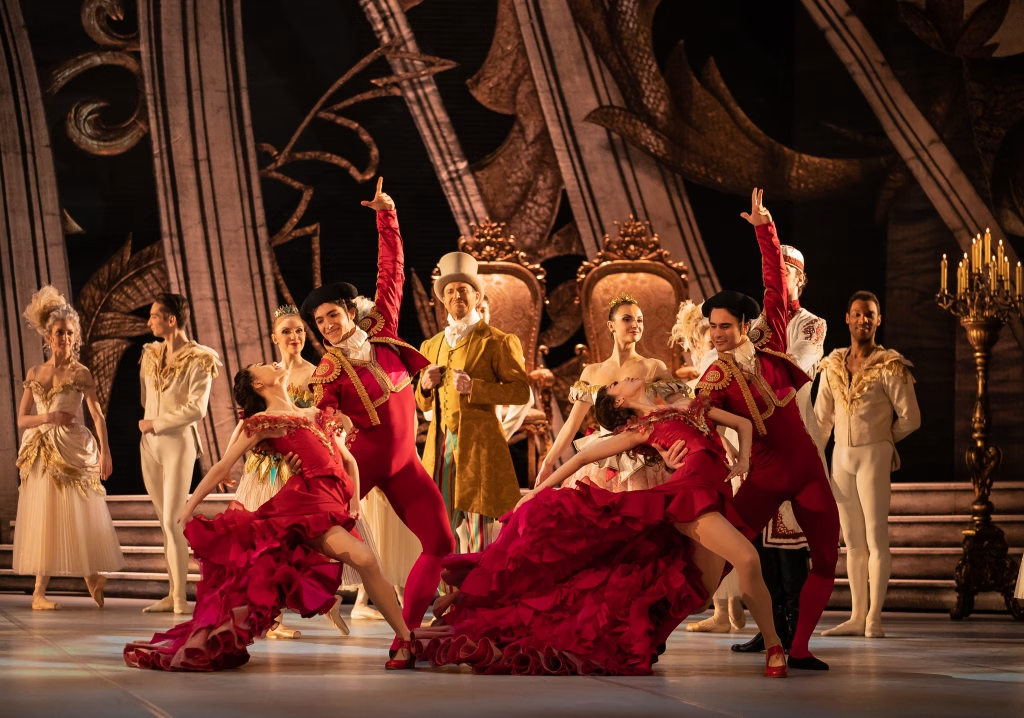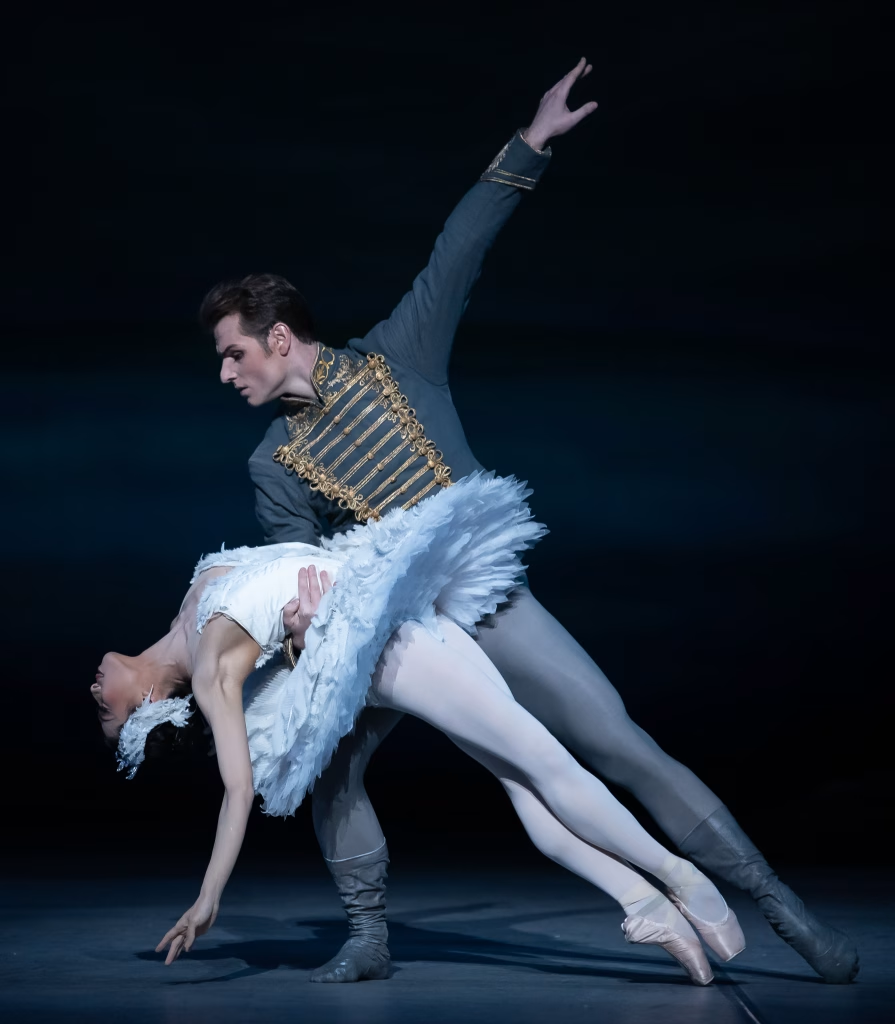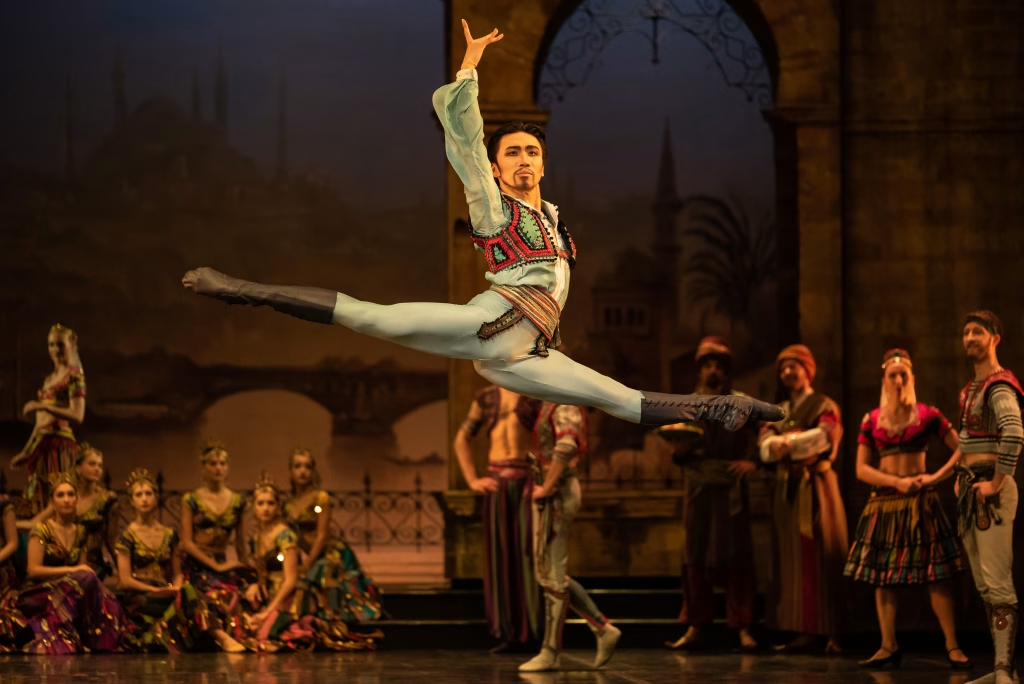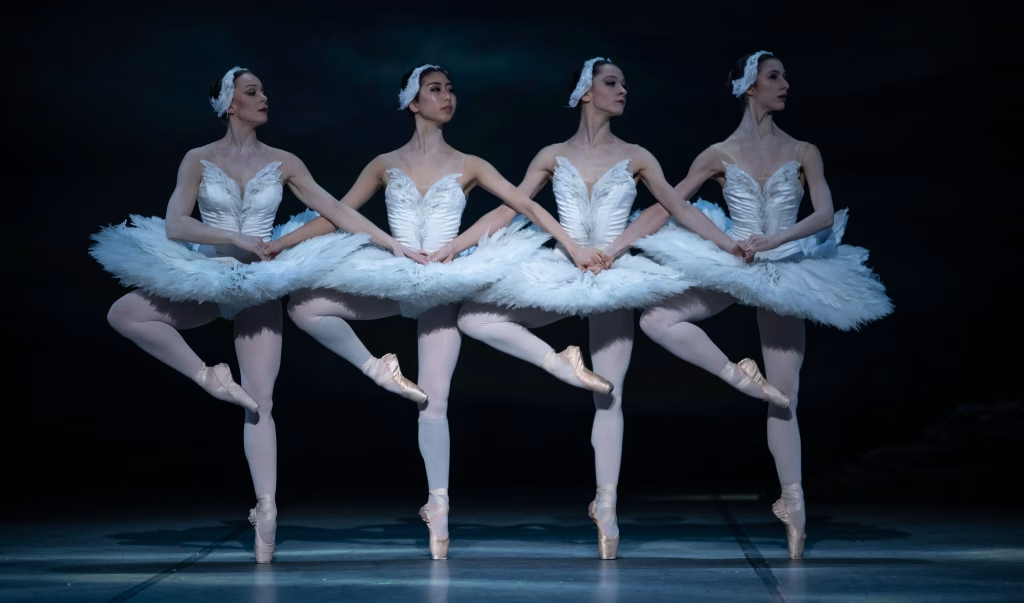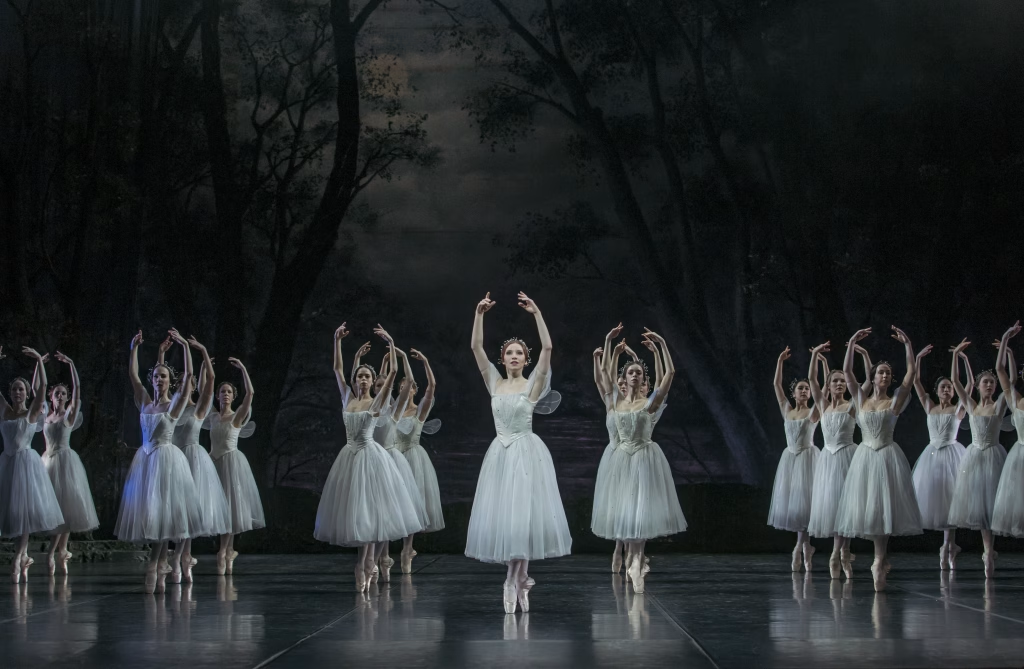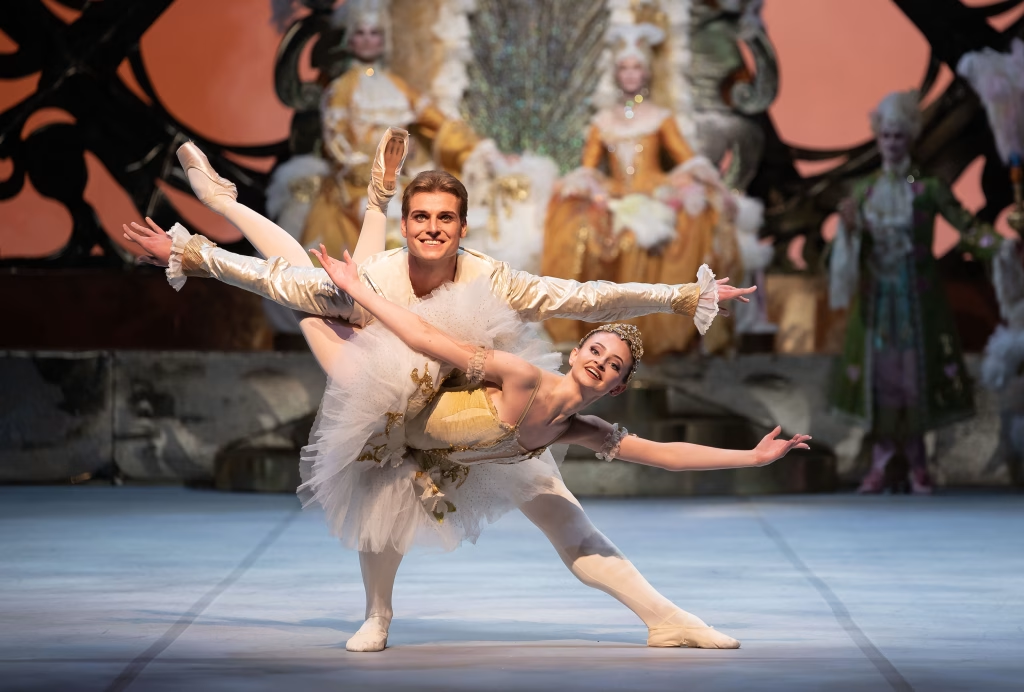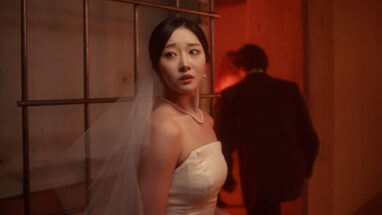
A beginner’s guide to ballet
This essential guide covers the basics of the ballet art form: how a ballet performance unfolds, what to pay attention to while watching, and how to choose your very first ballet.
What is ballet?
Ballet is the oldest of all Western dance art forms. A ballet performance tells a story through dance, without words. This dance genre uses a highly disciplined movement language to express profound emotions and showcase technical virtuosity.
Ballet developed primarily in France, Italy, and Russia. Its golden age was in the 19th century, which is when many of today’s most beloved classic ballets were created.
In addition to choreography, meaning the dance movements, formations and patterns, a ballet performance involves music (usually played by an orchestra), sets, costumes, and lighting to help create the world of the ballet. The music of the most famous ballets is so catchy that it’s instantly recognisable, even if you’ve never been to a ballet. Just listen to the melodies from Swan Lake, The Nutcracker, or Romeo and Juliet.
Classic ballets are constantly reimagined with new choreography and fresh interpretations of the visual world. The music and story largely stay the same.
Ballets are, almost without exception, tragic love stories. Many of them are based on existing tales. However, there are also some cheerful, fast-paced ballets with happy endings. New ballets are continually being created.
Aside from the art form, the word “ballet” can also refer to a dance company. The Finnish National Ballet is an institution dating back over 100 years. Its repertoire includes not just classical and new ballets but also contemporary dance productions.
How do you follow the story of a ballet?
For classic ballets, you can read the full story in the programme booklet. A shorter version is available on the production’s webpage.
Some ballets and contemporary dance works don’t have a story at all, or their stories are very abstract. In those cases, you can focus on the movement, the atmosphere, the visuals, and the thoughts the experience provokes.
Though most ballets do tell a story, showcasing the dancers’ technical virtuosity is also a major part of the performance.
In traditional ballets, the lead couple dances an emotional duet, known as a pas de deux (pronounced “pah-deh-duh”). This always includes solos for each dancer, called variations. After the duet, the male lead performs his solo first. Once he finishes, he takes a bow, the orchestra continues playing, and then the female lead performs her solo. Following the solos, the dancers come together for the final coda, where they showcase the most challenging moves, like pirouettes. After the coda and applause, the story resumes.
In addition to solos and duets, ballets always feature group scenes performed by the corps de ballet, or simply the “corps” in ballet shorthand.
Group scenes often feature character dances inspired by folk traditions from different countries. It’s important to remember that much of the classical ballet repertoire was created in the 19th century, when people traveled far less than they do today. Ballet performances offered audiences a kind of imaginary travel to distant lands. Nowadays, the often exoticised elements of these original works can be problematic, and ballet companies are looking for new ways to present these older works with respect for all cultures.
You can dive deeper into the background and story of a ballet during the 30-minute introductory talks held before certain performances. These talks are also available for listening on the Stage24 service.
Challenging moves with ease and grace
Let’s put this straight first: anyone can enjoy ballet even if they’ve never seen a single pointe shoe.
In ballet, certain positions and movements are repeated frequently. The best-known of these include pirouettes, lifts, extensions, and jumps.
One of the signature features of ballet is female dancers rising en pointe. This creates an illusion of floating above the ground like ethereal beings, which were typical heroines in 19th-century ballets. Originally, ballet shoes were skin-toned to give the appearance of bare feet, enhancing the sense of dancers hovering just above the floor. In the video, our étoile dancer Tiina Myllymäki explains what ballet shoes mean to a dancer.
What makes ballet so captivating is that movements requiring extraordinary physical skill look effortless and light when performed by the dancers. This feat is the result of years of intense training. The dancers you see shining on stage have spent their entire lives preparing for this moment, rehearsing seven hours a day, six days a week.
In addition to the story and the dancing, you can also marvel at the relationship between the music and the movement, or the meticulously crafted sets and costumes. There’s so much to admire.
Ballet productions are the result of hundreds of professionals working together, much of which remains hidden from the audience. For example, the spotlight that illuminates a soloist is controlled by a lighting technician perched 12 metres above the stage, tracking the dancer’s every move.
Picking your first ballet
You’ve got two great options depending on your personal taste. If you go for a classical ballet as your first experience, you’ll get a great overview of why this art form has been adored for centuries.
Another excellent choice is an evening of contemporary dance featuring multiple works. These pieces might not have a clear story, so you can just sit back and take in the emotions and thoughts they evoke. When the programme includes three different pieces, it’s also a great opportunity to experience the work of several different artists.
You can explore upcoming ballet and contemporary dance performances on our repertoire page. If you need any help choosing the perfect performance, our customer service team is happy to assist you.
Text TUIKE LEHKO
Photos ROOSA OKSAHARJU, EMMA SUOMINEN
First timer’s picks
We recommend

OopperaLooks – Dressing up for the opera and ballet

Ballet pianist Marja-Kaisa Mäkinen

”Ballet shoes are a principal tool for me”
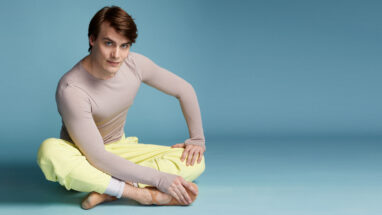
”I wish that one day someone would develop a ballet shoe that felt just like a sock”
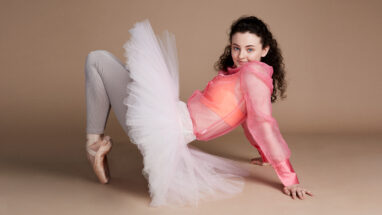
”I love dancing en pointe”
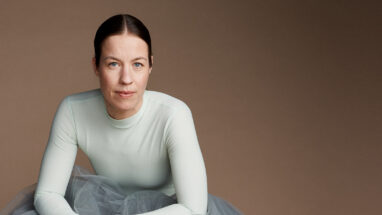
”It’s amazing how a ballerina balances her entire body on just the toes”
